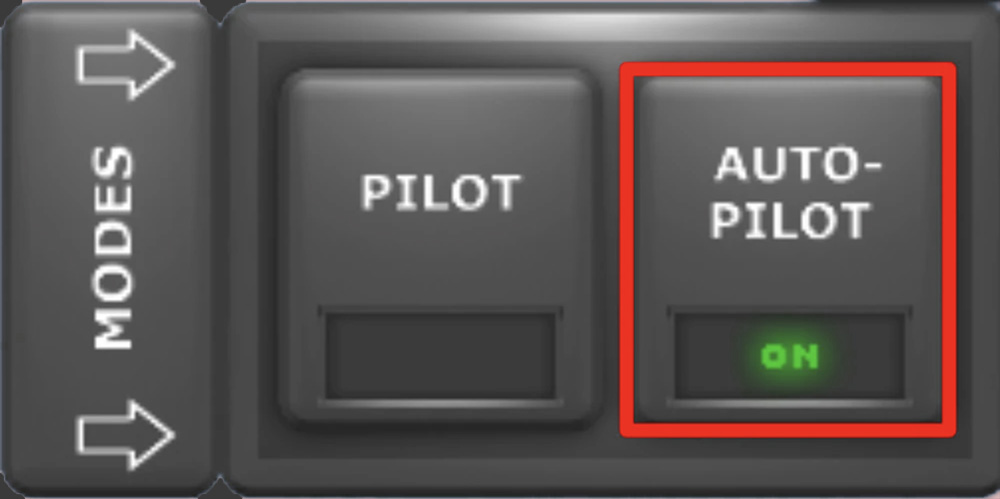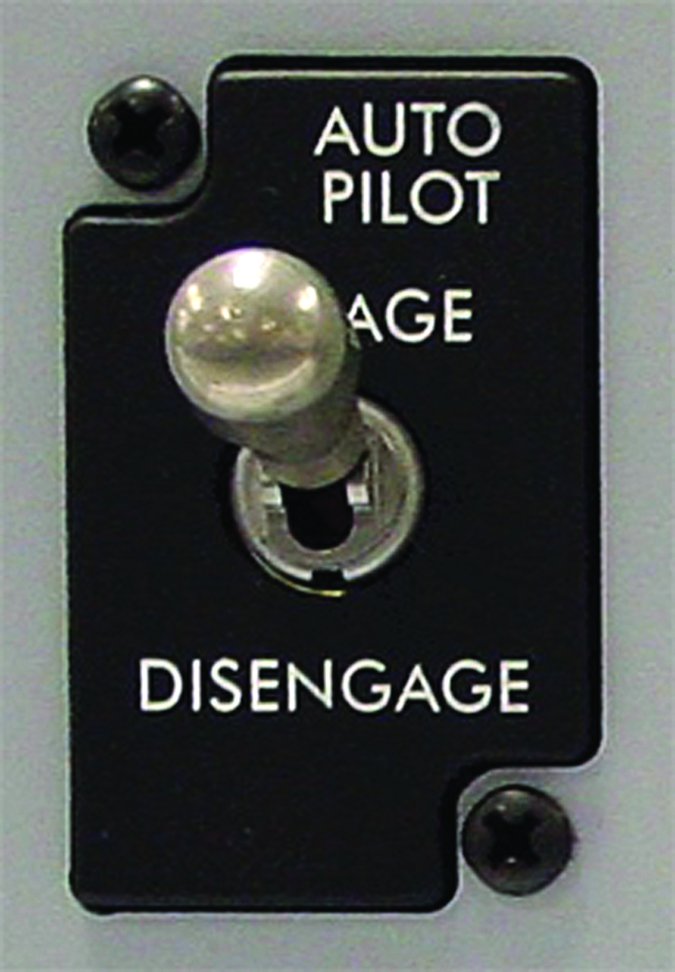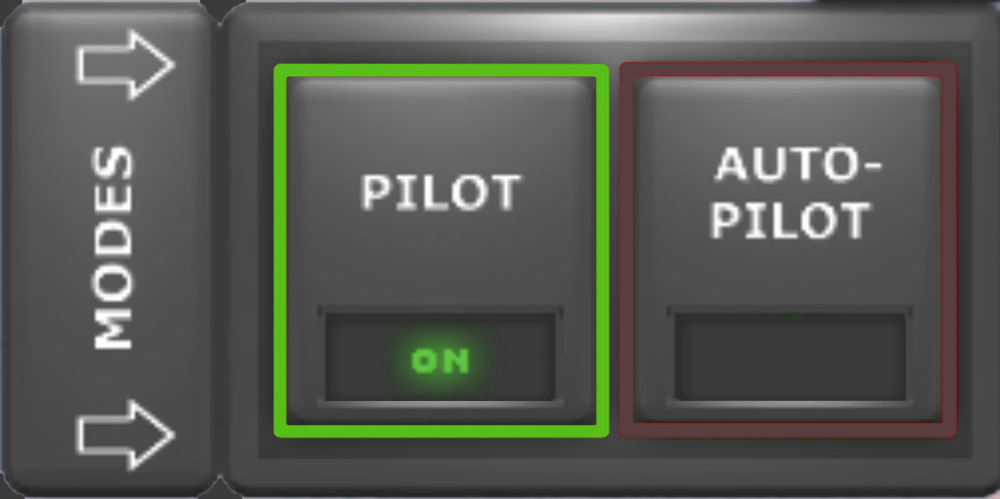Why Do the Movements Have Me
Tightening Places That Are Already Tight?
The Autopilot Won’t Let You Have Control—It Thinks It’s Doing a Great Job

It seems counterintuitive, right? If a muscle is already too tight, why would you deliberately tighten it even more? Shouldn’t you be focusing on stretching it or trying to soften those places? The answer lies in how your brain controls your body.
Switching from Automatic Tension to Manual Control
Muscle has no will of its own—it only does what your nervous system tells it to do. Your tension patterns aren’t random; they’re active strategies your brain has practiced for years. These patterns—how they pull you into specific shapes and hold your posture—aren’t under your conscious control. They run in the background, managed by your tension autopilot.
The purpose of these movements is to create an opportunity for your tension autopilot to switch control to your conscious awareness. By tightening the tight places—enough to exceed the baseline tension—your will takes over and you are in charge of the tension. That’s the first part of these movements: reclaiming control of the automatic pattern. This is essential because you cannot release what you don’t control.
A little more effort is all it takes. The moment you engage voluntarily, your system switches from automatic to manual control. Now you’re in the driver’s seat.
The Dual Control of Muscle Tension: Taking Over from the Autopilot
Your tension autopilot holds you in your specific combination of patterns, creating your posture. These background tensions run mostly outside of awareness, revving up whenever they’re needed. They’re managed by a more primitive part of your brain. Meanwhile, your motor cortex—the part of your brain responsible for voluntary muscle control—allows you to consciously move.
These movements help you switch the system to manual control, to your motor cortex. You take the reins, you’re out of the autopilot’s habit of tension. It’s like lifting the needle from a skipping record groove and setting it in a smoother track.

Creating the Opportunity to Release: Slow and Deliberate Letting Go
Tightening the tight places is just the beginning. The real change happens in the slow, deliberate release—a combination of relaxing and gently lengthening the muscle. With these movements, you teach your nervous system that it can let go of unnecessary tension.
Releasing deep-seated tension takes time and repetition because you’re unraveling years—sometimes decades—of habitual holding. When you tighten what’s already tight, you’re not reinforcing the problem—you’re teaching your brain the beginning of how to let go of the grip it’s had you in for so long.
-Eric Cooper
The Eric Cooper Somatics Method
©2024

